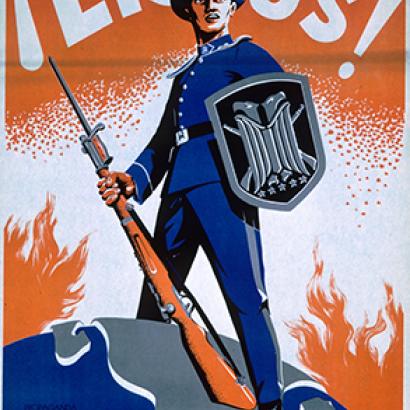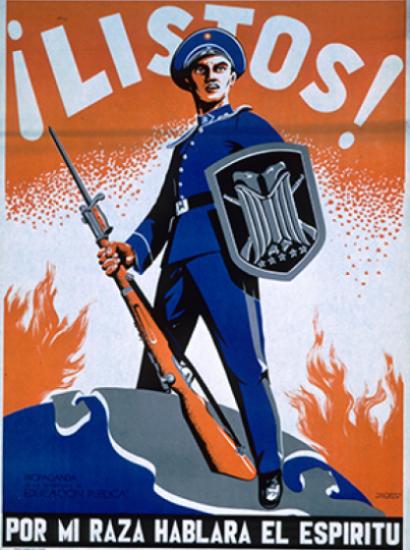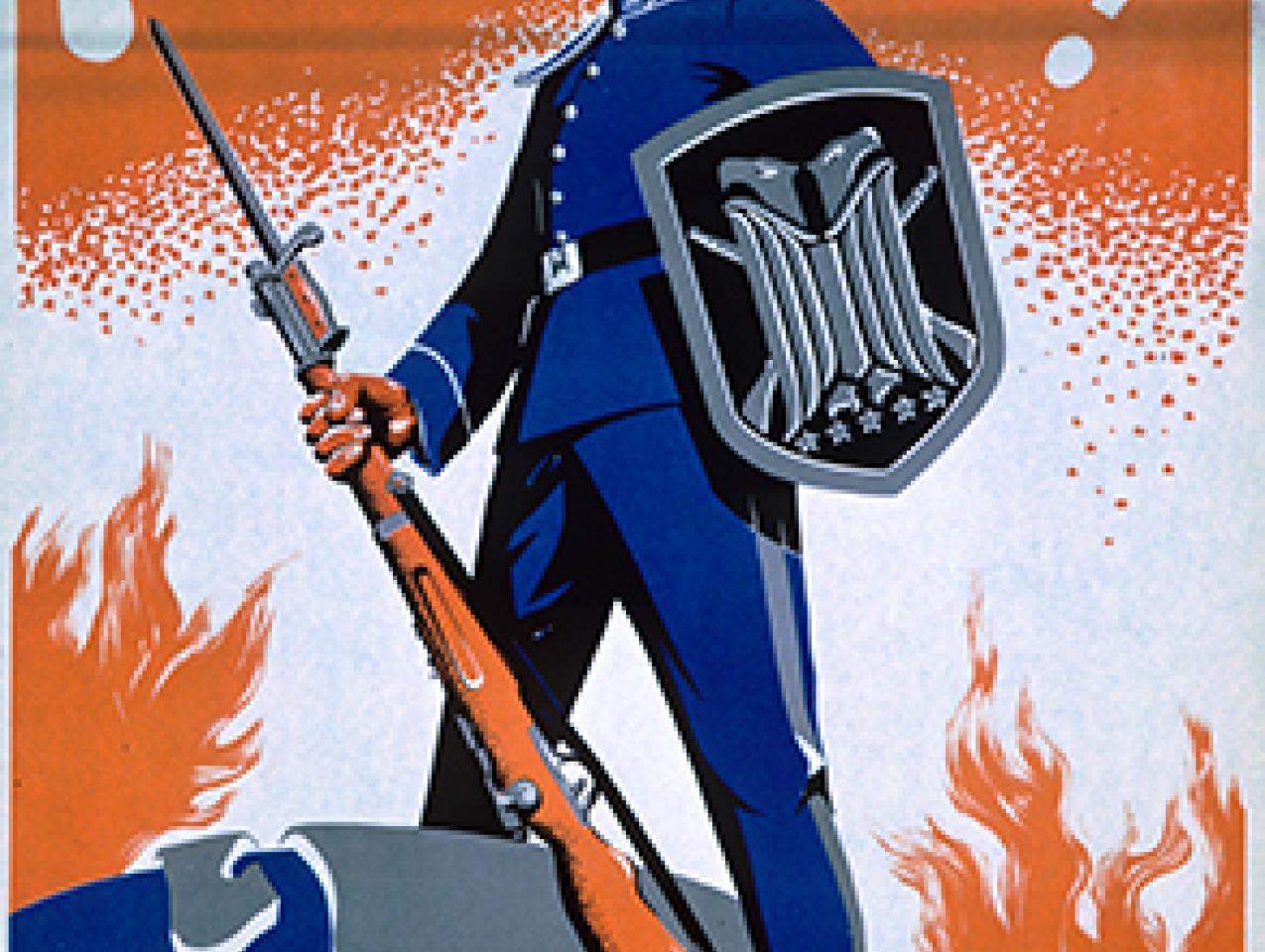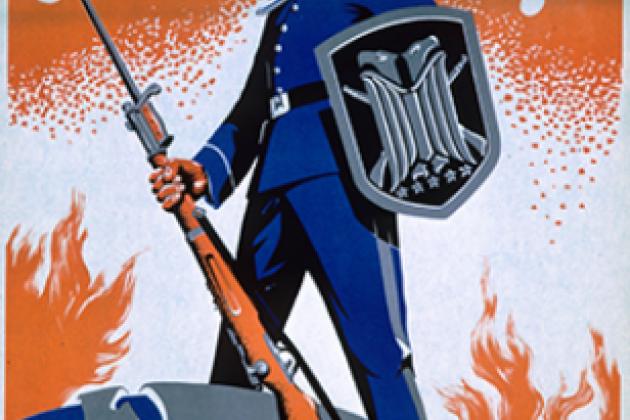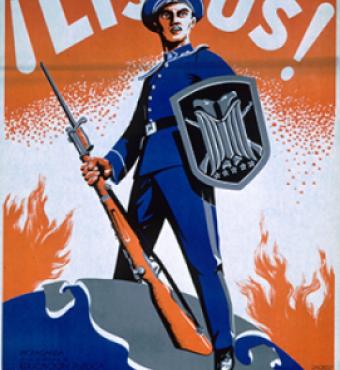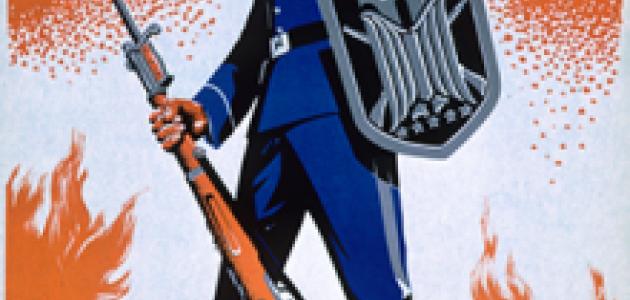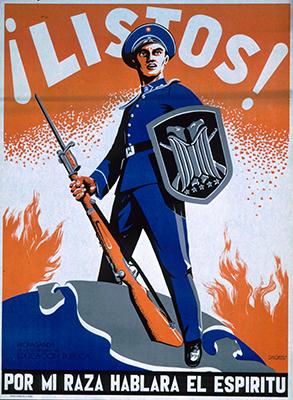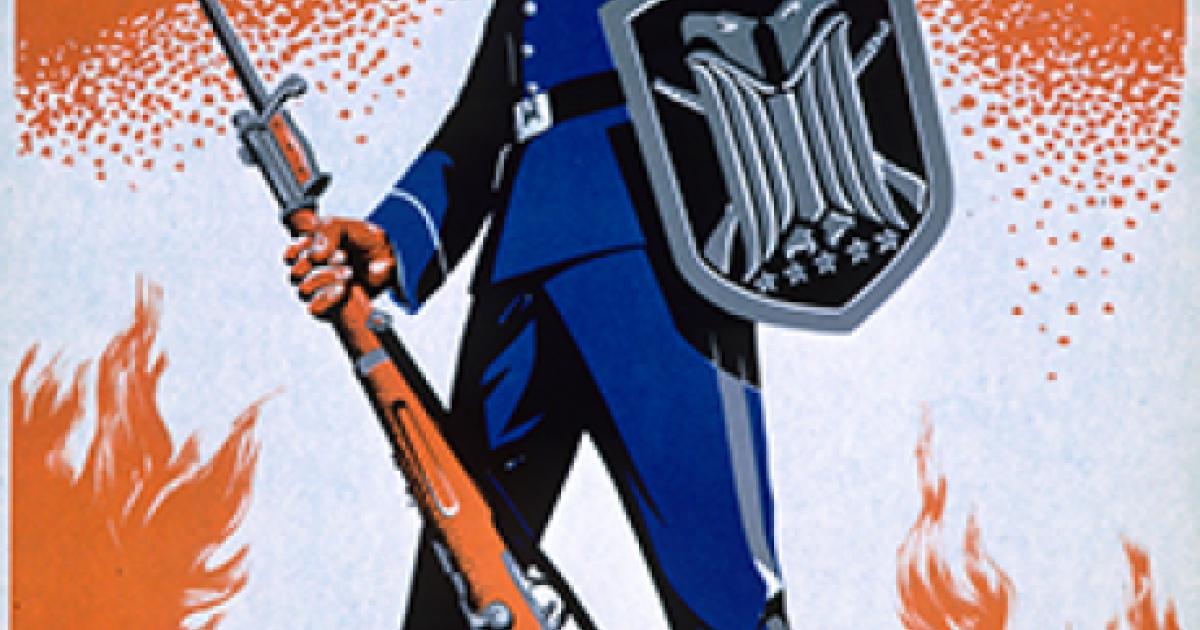- History
- Military
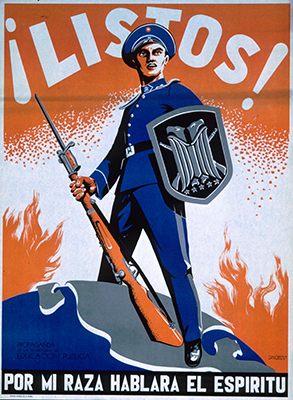
Amid threats to close the southern border of the United States, a benign U.S. military deployment along our frontier with Mexico remains a charged political issue. Yet, not only do the U.S. Armed Forces have a long history of serving on that border, they, in fact, never left it. Active U.S. Army installations, such as Fort Bliss near El Paso or Fort Huachuca in southern Arizona, serve as thriving testaments to an armed presence more than 170 years old: There is little new along the Rio Grande or under the Sonoran sun.
Our military’s presence on the Rio Grande then westward began in 1846 with the annexation of the short-lived Republic of Texas, which had waged its war for independence (and for the right to keep slaves) against Mexico a decade before. Decried by a young Abraham Lincoln and a younger Ulysses S. Grant as a war of shameless aggression, the U.S. war with Mexico nonetheless marked a spectacularly successful debut for a professionalized U.S. Army (augmented by volunteer regiments). The initial campaign began on the Rio Grande, near Matamoros, Mexico (and today’s Brownsville, Texas), and was marked by a lopsided U.S. victory against numerically superior Mexican forces at Resaca de la Palma—after a gritty fight at Palo Alto. Today, that battlefield is surrounded not by contending infantry regiments but by housing developments.
After Mexico’s defeat and a momentous expansion of U.S. territory, today’s border was established (but for a later adjustment to facilitate railroad building). A new phase of conflict began almost immediately. While Native Americans may have decried the changes settlers called progress, the Chiricahua Apaches and other tribes found one of civilization’s innovations wonderfully useful: the concept of fixed national borders. Indian raiders could strike in the newly acquired U.S. territories then ride back to Mexico, where the frustrated U.S. Cavalry could not follow them. The same stratagem worked against Mexico, as well. The result was not only decades of irregular warfare but the establishment of a chain of forts along or near the border (the inspiration for movie director John Ford’s magnificent “Cavalry Trilogy”).
Many of those Army posts would surge back to relevance a quarter century after the last Apaches had been pacified—as the vast and savagely violent Mexican Revolution exploded in 1910. That struggle was far greater, grimmer, longer, and more complex than U.S. citizens realize today: Before being reduced to outlaw status and staging a foolhardy raid on Columbus, New Mexico, Francisco "Pancho" Villa led an insurgent army of over a hundred thousand men in set-piece battles against Mexican Federal forces larger, better-equipped, and more experienced than was the U.S. Army on the eve of our entry into the Great War. In his pre-bandito heyday, Villa had even been something of a favored darling for U.S. Army officers stationed near El Paso, and the flamboyant Mexican liked to stroll across the border to visit his favorite ice-cream parlor.
After matters literally went south, our punitive expedition into Mexico, led by then-Brigadier General John J. “Black Jack” Pershing, met with little practical success but revealed shortcomings in organization, equipment, and training that the War Department scrambled to remedy with Europe at war and U.S. involvement threatening.
Minor border incidents continued into the 1920s, but, overall, a long period of peace, if not always prosperity, settled over the U.S.-Mexican border, with Mexico sulking on one side and the United States burgeoning on the other. Today, prosperity has the upper hand for both countries, and over a million individuals cross that frontier legally every day. While there is an indisputable crisis with illegal immigration, as well as an enduring problem with drug smuggling, the current U.S. Armed Forces deployments along the border have an unappreciated innocence compared to those of a far more violent past. Our troops along the Rio Grande or in the Sonoran desert provide logistics and engineering support, surveillance, and limited medical aid, but none are pulling triggers. Their presence may be a political football, but the cannonballs aren’t flying—as they once did at Palo Alto and Resaca de la Palma, when a few batteries of the U.S. Army’s “flying artillery” profoundly changed the history of a hemisphere.
Ralph Peters’ latest book, Darkness at Chancellorsville, will be published on May 21st.







